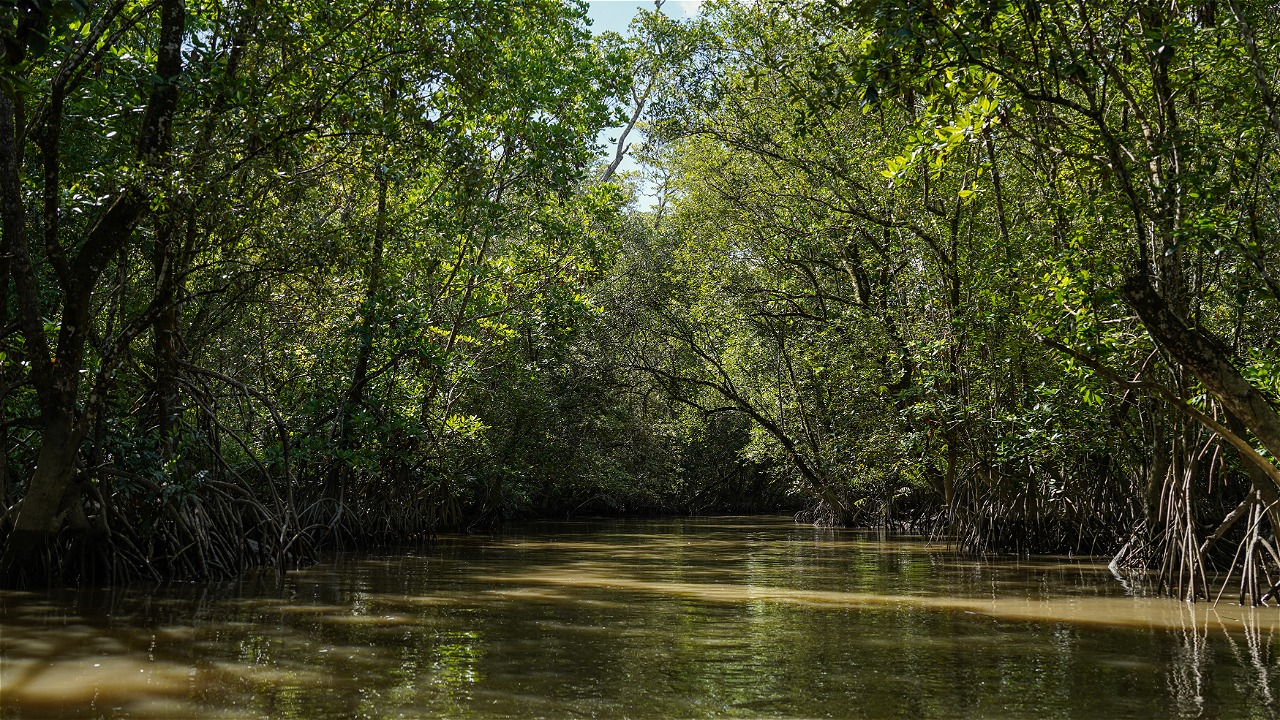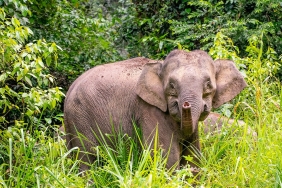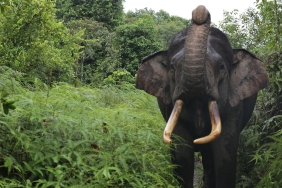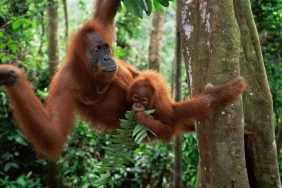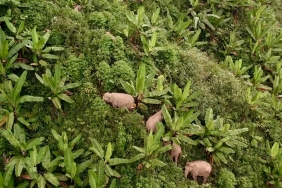MANGROVE PLANTERS IN POND WATERWAYS OF THE PHRONIMA SUPPA GROUP
By: Zulkarnain (Pinrang Shrimp Aquaculture AIP Facilitator)
One of the natural buffers that can reduce the impact of climate change on the coast, mangrove forests can survive in quite extreme areas, namely tidal areas. Mangroves, which have a very important role in coastal ecosystems, are also important habitats for several living creatures. Mangroves, which are used by fish as a nursery ground or a place to care for fish fry, have ecological and economic functions related to the welfare of coastal communities.
To reduce abrasion on the pond bunds and neutralize the sea water entering and leaving the ponds from toxic content, on October 4, mangrove planting was carried out in the pond waterways owned by Phronima Group members. Local facilitators together with the Phronima Suppa Group and students of the Aquatic Resource Management Study Program (MSP), Department of Fisheries, Hasanuddin University, are trying to restore mangrove areas in the pond area in. Tasiwalie Village, Suppa District, Pinrang Regency.
This is also due to the increasingly widespread opening of cultivation land on the coast that makes the existence of mangrove forests increasingly eroded. With the reduction of mangroves around the aquaculture area, it indirectly affects the production of aquaculture products of the Phronima Group. This is because the organic matter left over from the previous cycle of cultivation is not reduced, either in the soil or in the water. The lack of refreshing activities on the pond bottom soil in the form of drying is feared to accumulate and produce toxic elements in the soil.
In the hope of continuing to preserve the mangroves around the ponds and also the coast, on October 15 yesterday, 200 mangrove seedlings were planted in the pond channel managed by H. Jamal in Pallameang Village, Mattirosompe District, Pinrang Regency with Hasanuddin University students and Wageningen University students.
Greening the Pond by Planting Mangroves
Now farmers are increasingly aware of the importance of mangroves in their pond areas. This can be seen from the mangrove planting activities carried out by farmers in their respective locations. They obtain mangrove seedlings from mangrove nurseries around the area or by taking directly from the tree or fruit that has fallen.
Mangrove planting as a tactical step to improve pond water quality encourages students to reforest the pond area. In addition to the mangrove planting itself, identification of mangrove area and mangrove species on the beach and a small portion in the waterways was also carried out. In addition, students together with farmers of the Phornima Group conducted group management learning, application of BMPs for Vannamei Shrimp Aquaculture, capacity building through vannamei classes and Forum Group Discussions (FGDs) and conducted laboratory analysis of water quality using the titration method.
Mangroves that have been planted in pond waterways will be maintained by farmers and the surrounding community. As an initiator in preserving the existence of mangroves and rehabilitation of waterways and coastal banks, WWF-Indonesia will continue to encourage the important study of mangroves through policies to preserve the carrying capacity of the environment around the pond.

